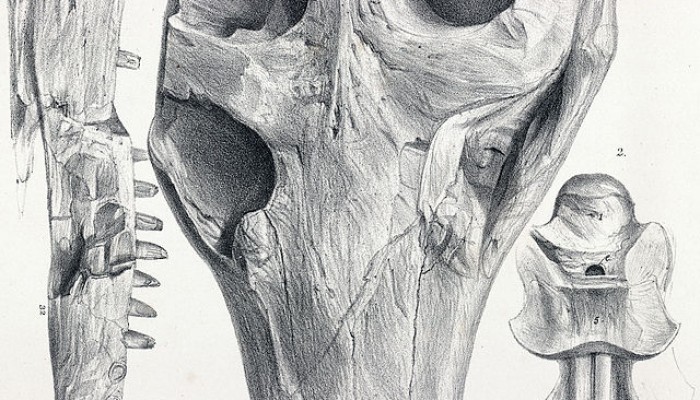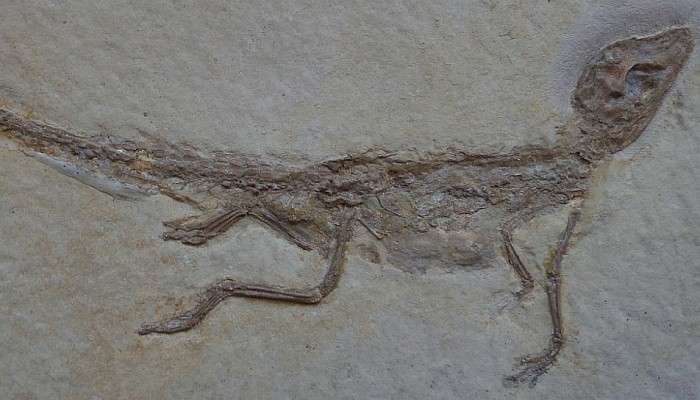For those of you who may not have been aware, I was fortunate enough to recently publish a dinosaur book for kids, complete with build-it-yourself pop-out dinosaurs. I’ve recently published an article in The Guardian about it, which features much of the great artwork by Vladimir Nikolov. It’s all about some of the perhaps less well-known dinosaur facts that feature in the book, so enjoy!
The origin of a second wave of supreme-swimming crocodiles
Millions of years ago, crocodiles were far more diverse (and weird) than the ones we still have around today. They ranged from armoured, tank-like forms living on land and feeding on plants, to 9 metre long fully-fledged swimmers out in the open oceans.
In the Jurassic period, most of the crocs we know of were of this second kind, the whole marine forms. These comprised a group known as thalattosuchians, and they had long snouts for snapping up fish, salt glands, and even flipper-like arms and legs adapted for a swimming lifestyle. Let’s just call them fish-crocs for now.
These fish-crocs, although supreme hunters and generally awesome, went extinct at some point in the early Cretaceous, about 120 million years ago. The reasons for this are unknown, but it could be due to unfavourable environmental conditions, or perhaps they were out competed by other marine super-predators such as pliosaurs. It was a sad time for croc-kind.
Dwarf crocodiles are the cutest, even if they’ve been dead for 150 million years..
Europe 150 million years ago must have been a brilliant place to go on holiday. Tropical islands, warm lagoons to bathe, a warm climate, and nine metre long crocodiles noshing on anything that couldn’t swim fast enough. Ok, so maybe not that great for humans, but if you were an ancient archosaur, living alongside dinosaurs and other now extinct animals, life must have been pretty sweet.
These giant crocodiles were known as metriorhynchids, and were fully adapted to swim in the seas. Living alongside them, though, were smaller but by no means less impressive crocodiles known as atoposaurids. These are the cute little, but unfortunately extinct, guys I’ve been studying as part of my PhD for the last couple of years, and they are some of the best preserved fossil crocodiles we’ve got.
Are the days of parsimony numbered? Probably.
April Wright recently published a cool paper looking at how to bring morphological analyses of evolutionary relationships into the Bayesian realm. This is her take on it – enjoy!
Author Bio: My name is April Wright, and I’m a graduate student in David Hillis’ lab at the University of Texas at Austin. I’m largely interested in the estimation and use of phylogenetic trees to answer questions about evolution. Particularly, I’m investigating how we can make the best possible use of our fossils in an era increasingly dominated by genome-scale data. You might say I’m a little bit of a ‘small data’ scientist, though my questions often involve a multitude of small data sets.
Today I’d like to talk a little bit about a recent paper I published as part of my PhD thesis work.



